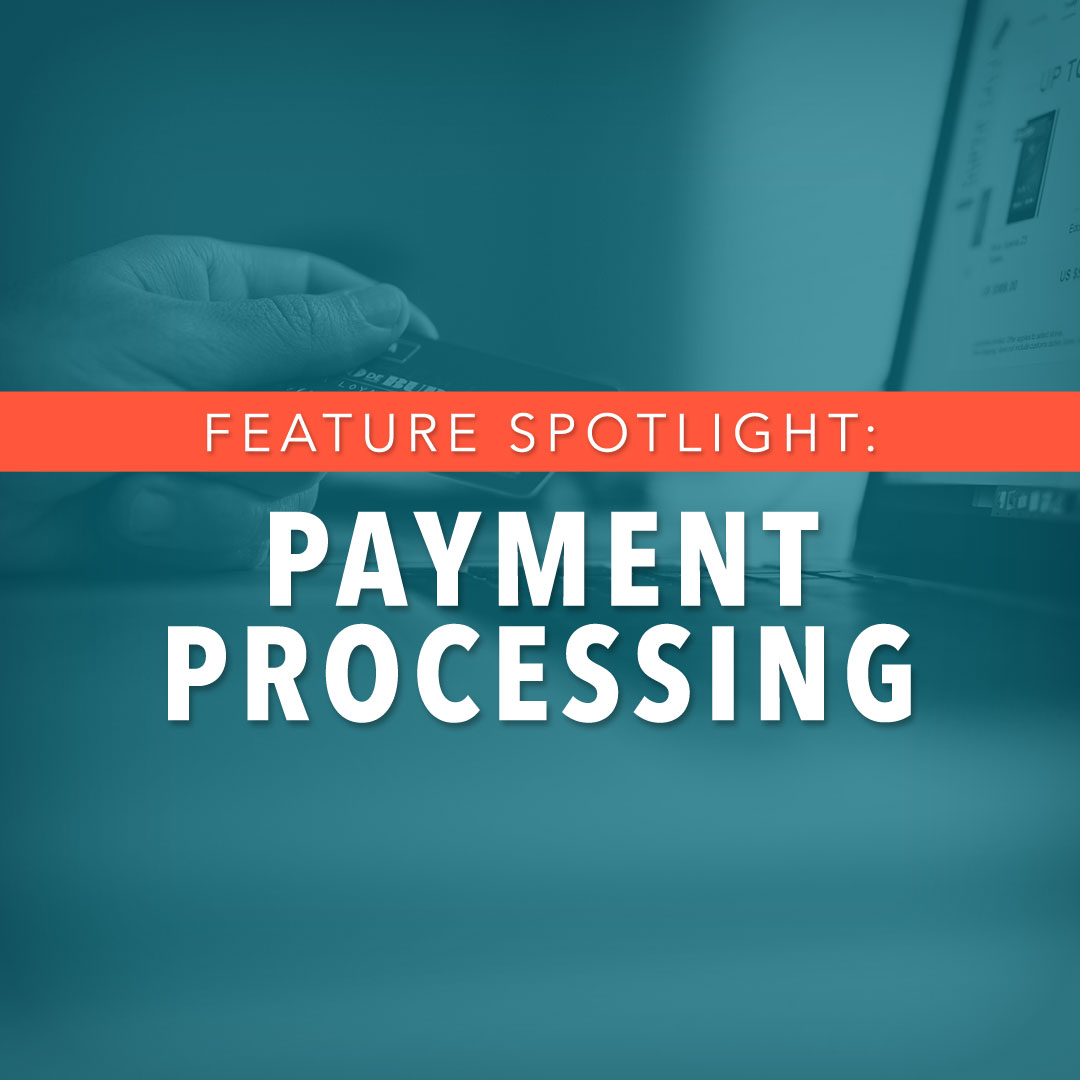Many growing nonprofit organizations have often pondered the same thing, “Is it time for a capital campaign?” A capital campaign usually helps fund a special project — typically, a new building or renovations to old buildings. Unlike an annual campaign, which focuses on fundraising to cover ongoing expenses, the capital campaign often comes along as the organization experiences new growth and is focused on a specific building need.
If you’re considering whether or not to launch a capital campaign, you should first answer these questions:
- Will there be support for this campaign? Does the purpose motivate people to give?
- Do the board members and staff leaders support the campaign? Are they engaged members, committed to the organization’s goals?
- Does the donor development staff have experience managing campaigns and major gifts? Do you have capable staff in place to do a good job?
- Are existing fundraising and donor development programs healthy and successful? Do donors demonstrate their commitment to your organization by already supporting you consistently?
Answering “yes” to these questions means that your organization may consider a capital campaign. Making it a successful campaign takes some intentionality. Here are a few tips for rocking your next capital campaign.
Successful capital campaigns:
- Are often built upon the very large gifts of a select few. Identify your strongest supporters who have both the financial capability and emotional investment to be those bedrock donors for this campaign. Nurture those relationships and respond to those donors’ needs; they want to be heavily involved with your organization, so offer them an extra dose of time and attention.
- Are tied to benefits for the populations you serve — not your organization. Make all appeals based upon how a new school will help the African children learn and grow or a new clinic will treat hundreds of Haitians each day. Tell the stories of the work you do; paint the pictures of how this building or project will solve problems among the people with whom you work. Use vivid images and compelling narratives to communicate to potential donors.
- Are structured using dollar goals and deadlines. They may feel awkward and constraining, but setting goals and making deadlines really work when motivating donors to give. They provide a “roadmap” of sorts, communicating your priorities and vision and setting achievable milestones.
- Use pledges effectively. Pledges give donors an opportunity to make a financial commitment, which makes their participation more likely. The organization can then take those pledges, nurture those relationships and forecast more accurately their budget. It helps to manage pledges with a robust donor management software tool, such as the Pledge and Sponsorship tool that’s part of Donor.com’s donor management software. To learn more about the Pledge and Sponsorship side of Donor.com, click here.
If your organization is ready for the next step in its growth trajectory, it may be time for a capital campaign. Once everyone is committed to the end result, goals and deadlines are set, key relationships have been established and pledges have been gathered, get ready to rock your capital campaign!


-1.jpg)







.jpg)